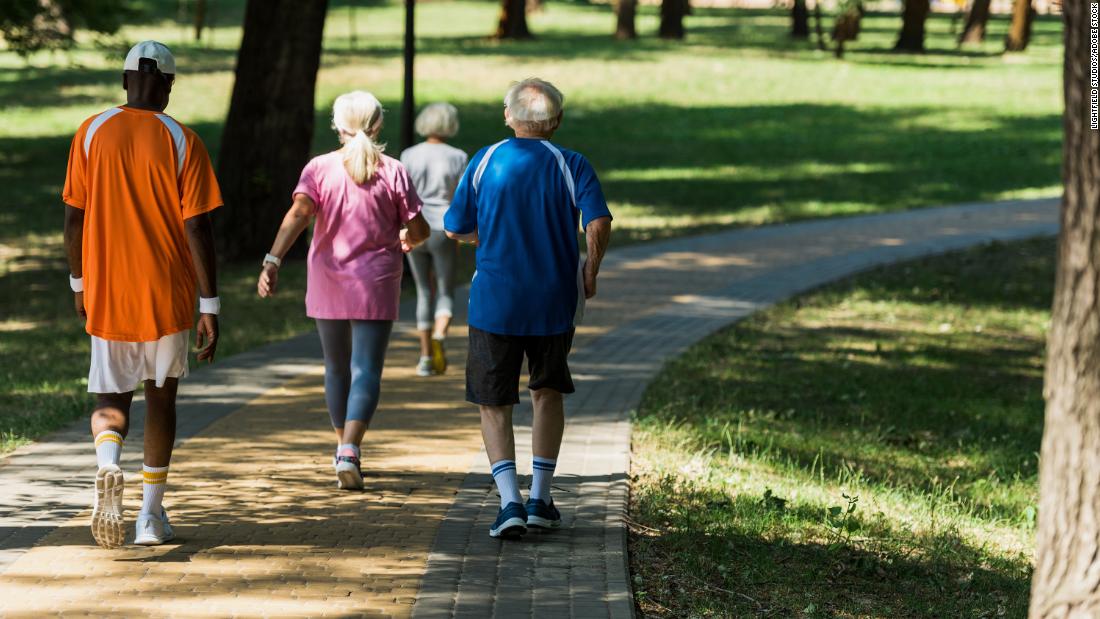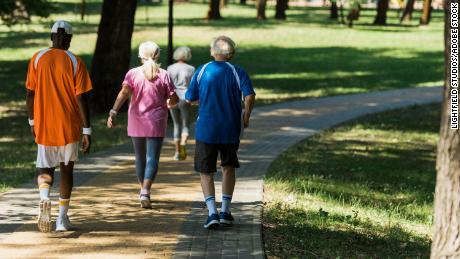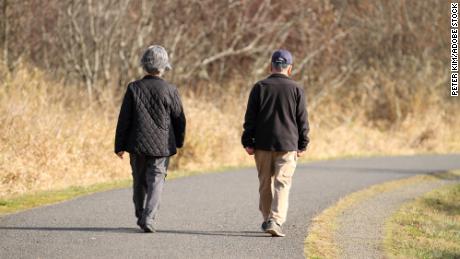
“These results highlight the importance of gait in dementia risk assessment,” wrote corresponding author Taya Collyer, a research fellow at Peninsula Clinical School at Monash University in Victoria, Australia.
‘Dual decliners’ at highest risk
The new study followed a group of Americans over 65 and Australians over 70 for seven years. Every other year, people in the study were asked to take cognitive tests that measured overall cognitive decline, memory, processing speed and verbal fluency.
Twice every other year, subjects were also asked to walk 3 meters, or about 10 feet. The two results were then averaged to determine the person’s typical gait.
At the end of the study, researchers found the highest risk of dementia was for “dual decliners,” or people who not only walked more sluggishly but also showed some signs of cognitive decline, said Dr. Joe Verghese, a professor of geriatrics and neurology at the Albert Einstein College of Medicine in Bronx, New York, who was not involved in the study.
“Furthermore, dual decliners had a higher risk of dementia than those with either gait or cognitive decline alone,” Verghese wrote in an accompanying editorial published Tuesday in the JAMA journal.
Yet despite those findings, “gait dysfunction has not been considered an early clinical feature in patients with Alzheimer’s disease,” Verghese wrote.
Exercise may help
Buried deep in the brain’s temporal lobe, the hippocampus is an oddly shaped organ that is responsible for learning, consolidating memories and spatial navigation, such as the ability to remember directions, locations and orientations.
Aerobic exercise means with “air,” and is a type of workout where heart rate and breathing increase, but not so much that you cannot continue to function. Types of aerobic exercise can include brisk walking, swimming, running, biking, dancing and kickboxing, as well as all the cardio machines at your local gym, such as a treadmill, elliptical trainer, rower or stair climber.

